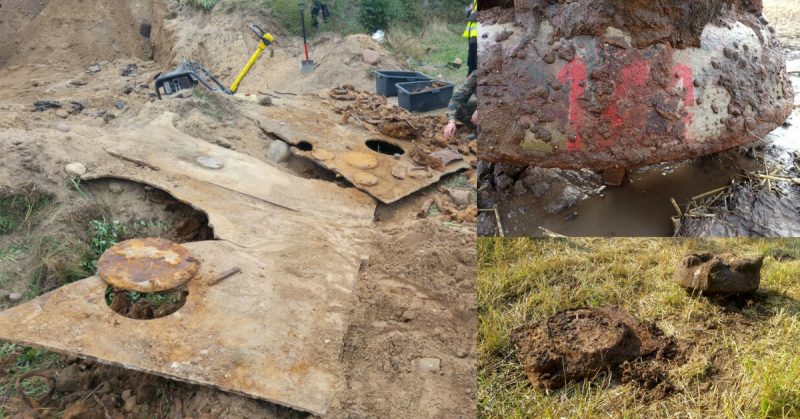Hundreds of parts of a unique tank called “The Panther” were found in Chrostkowo, Poland. The fascinating story began several kilometers further where the first puzzle piece – a part of some other tank’s track – was found.
Later the owner of the part showed some seekers the place where one of the symbols of the German armor had been buried.
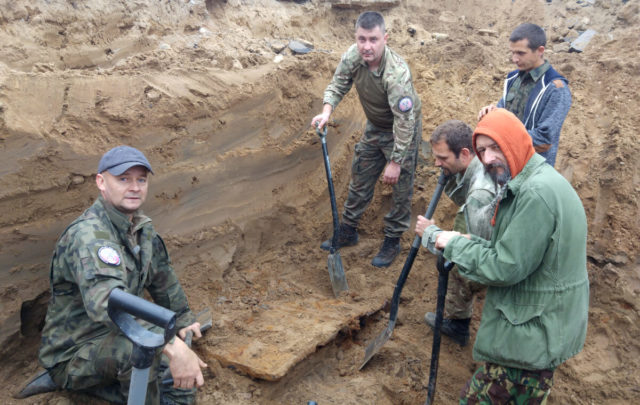
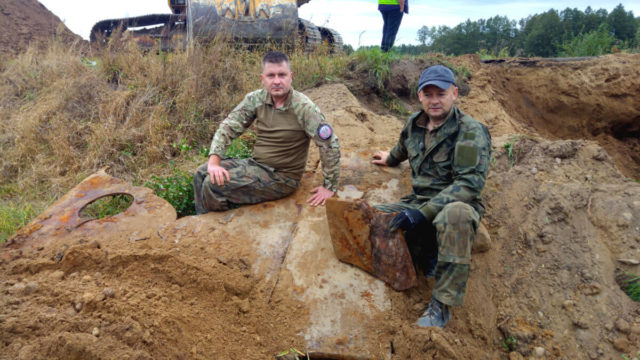
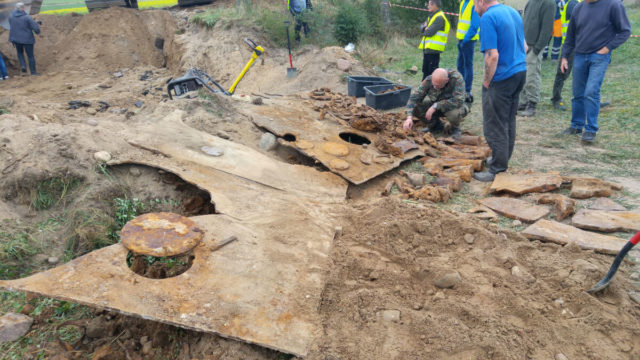
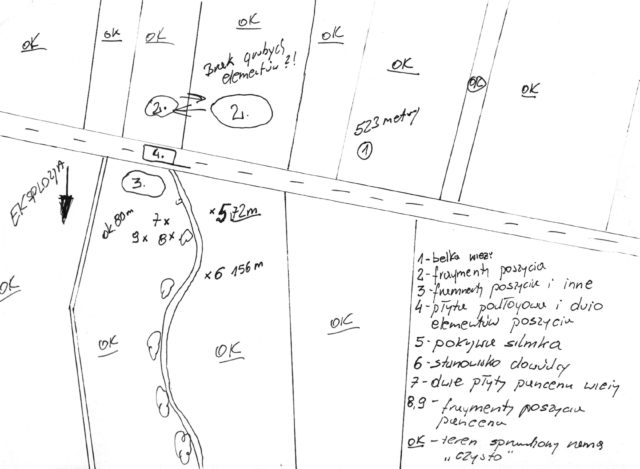
“The Panther” from Chrostkowo, a village in the Kujawsko –Pomorskie Province, was abandoned by its crew on 23rd January 1945 when the grounds had been liberated by the 70th Army of 2nd Belorussian Front.
According to what the locals say, what made it stop was a Polish shell. Later the tank was blown up by some Russian soldiers.
– Konstanty Kiżyński, who lives in the village and remembers the times, told us that there was a tank gun, with lots of circles painted on in, laying in a ditch for a long time. – says Tomasz Stefański, President of the “Przedmoście” Society for Historical Explorations .
Such markings were used in case of destroyed enemy vehicles. Perhaps it was some kind of a small Russian revenge.” Kiżyński also mentioned that the vehicle was covered as if in some kind of putty. This must have been “Zimmerit”, a special means of protection against magnetic mines.
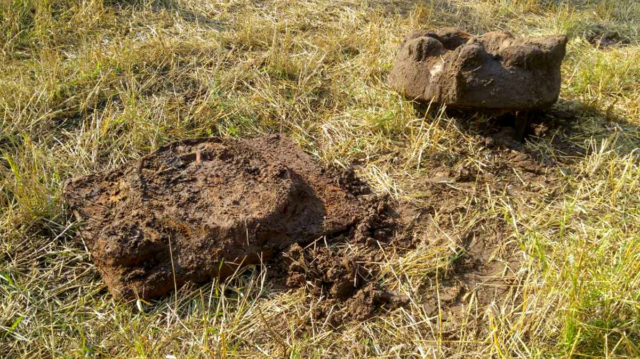
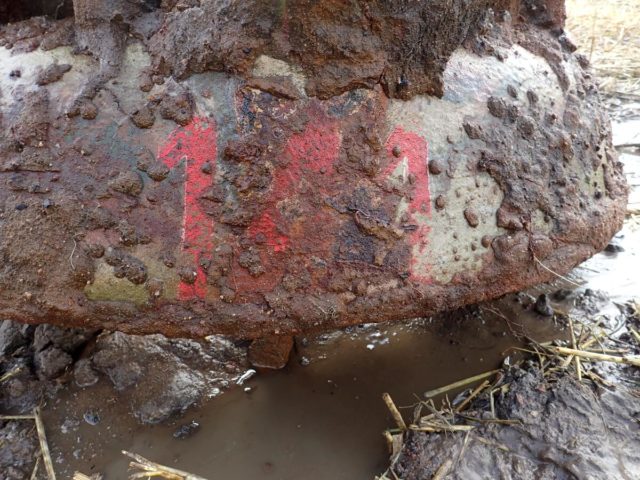
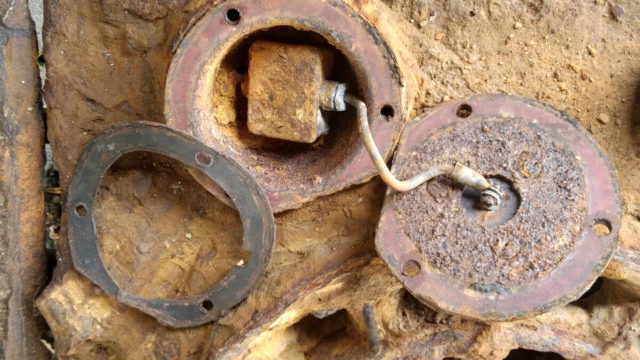
The tank’s explosive force was really strong since its parts were found over the area of 1 kilometer. Radars detected their most dense concentration in an embankment of an asphalt road.
The 70’s embankment was reinforced using bathtubs called “the Panther” – says Stefański – Over the surface of the ground you could only see the wheels, which were later dismantled and sold by a local. Unfortunately, many more parts have been scrapped. Under the asphalt, whole surfaces of floor appeared.
The seekers also found some parts on the ground, and the crown jewel is the Commander’s, whose tactical number was “141”, cupola. Some other part of the tower was used by a local as an anvil. The negotiations were clear and straight.
The 39-kg heavy anvil for 100-kg of history. This was a great deal for the seekers. They also came across 10 well preserved 7,5 cm KwK 42 L/70 Panther projectiles which were later secured by minesweepers.
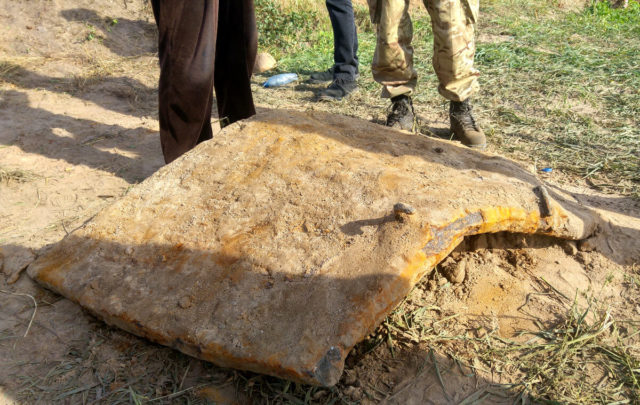
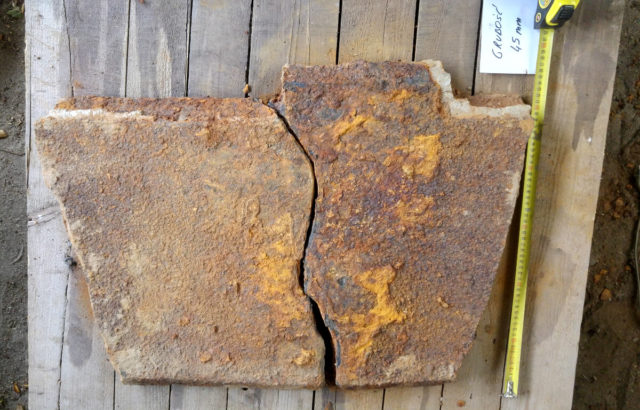
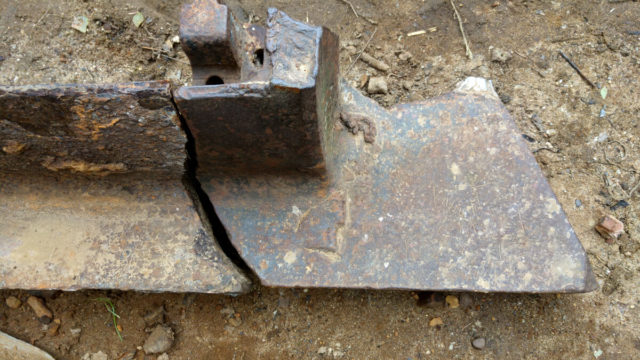
Members of the Society found a report of the 1st Battalion of the 562nd Regiment from the 96th Corps of the 70th Army describing their fights near Chrostkowo. – A certain captain Ivan Malko says that the squad came across the deserted Panther. It must have been the number “141”. – adds Piotr Orfin, one of the discoverers of the tank –
We also addressed the Deutsches Panzermuseum Munster to help us establish the tank’s war route and names of its crew members.
The tank, most probably, the tank belonged to the I./Pz.Rgt 25 of 7.Panzer Division which was fighting within the area.
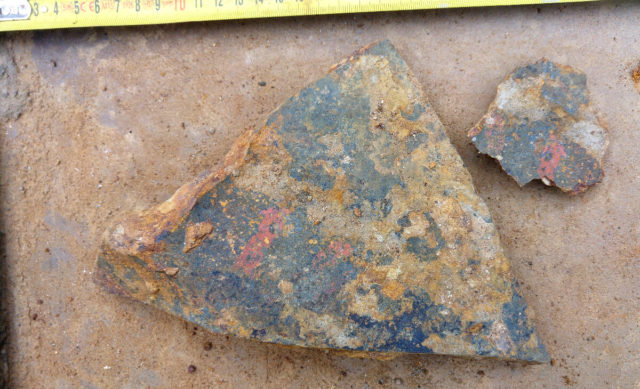
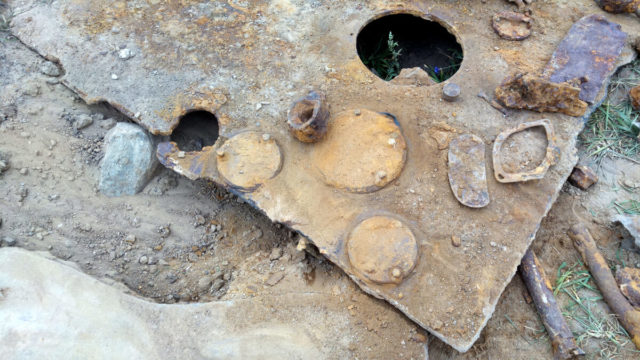
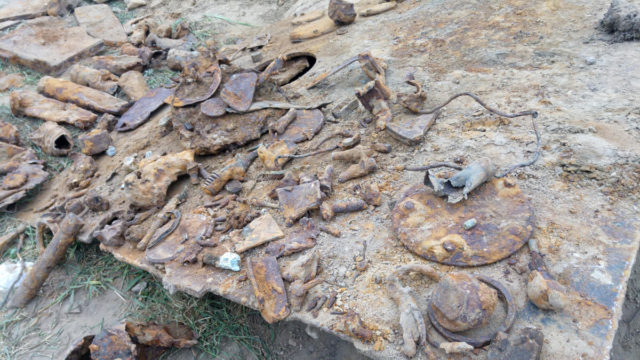
Yet new puzzle pieces are being looked for. – We want to reconstruct the tank’s frame and fit in the remaining parts –Tomasz Stefański explains.
These are not all of the Society’s plans as they are waiting to be granted permission to open a private museum.
On the area of six ares there will be a bigger exhibition because over the five years of our operation we have found quite a lot of military equipment.
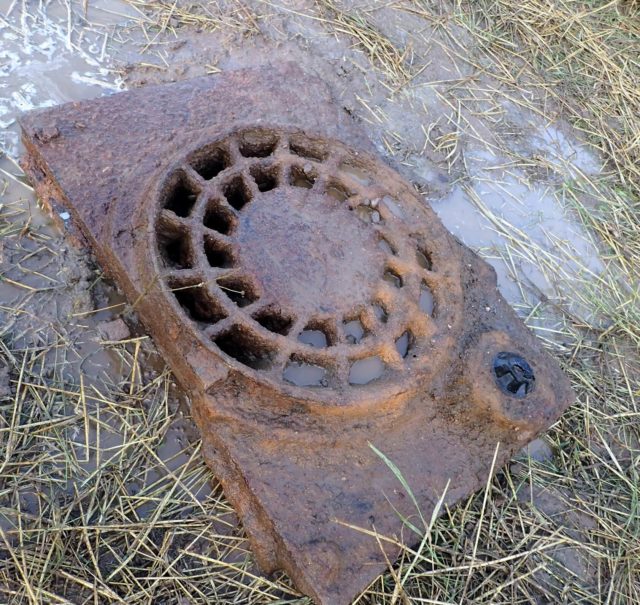
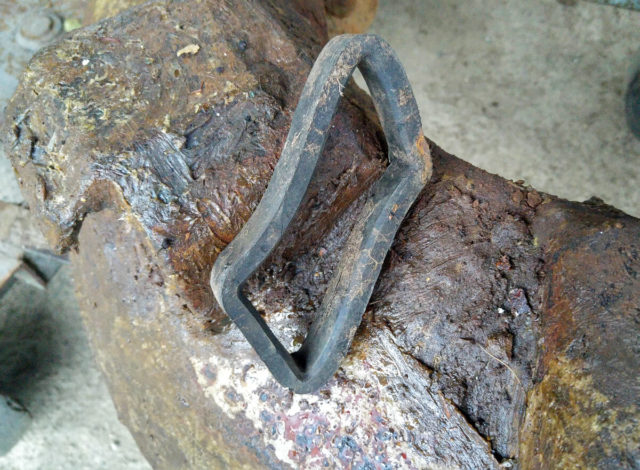
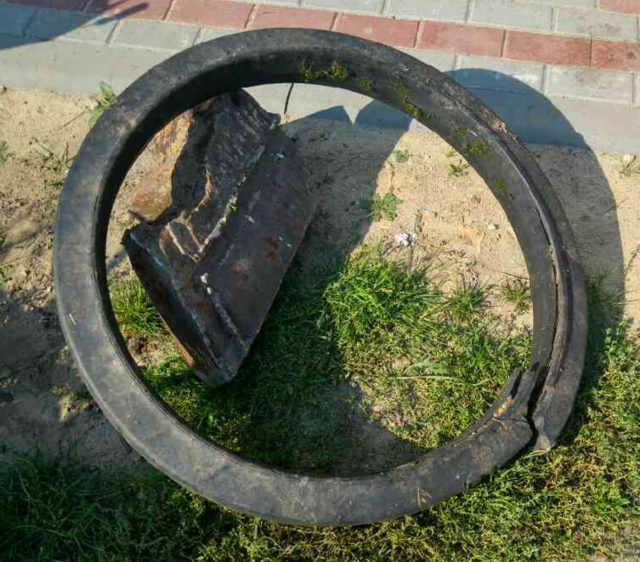
We are not going to stop our searches, we have information about other objects – concludes Tomasz Stefański mysteriously.
The costs connected with the tank’s restoration are enormous therefore the Society is looking for new sources of financing and kindly requests your financial support (e-mail: przedmosciegd@gmail.com)
Łukasz Włodarczyk
Fanpage: @WyprawySladami2WojnySwiatowej
(“Expeditions in the footsteps of WW II”)
Photos source: Tomasz Stefański, Stowarzyszenie Historyczno – Eksploracyjne Przedmoście
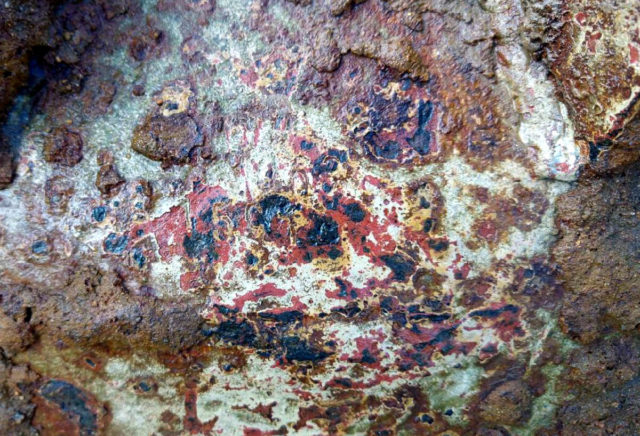
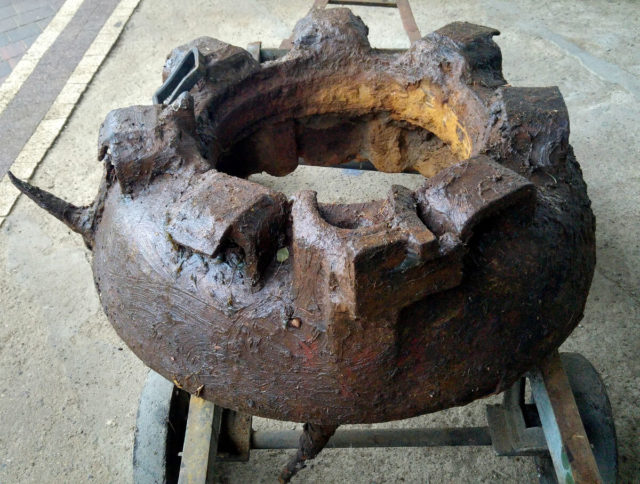
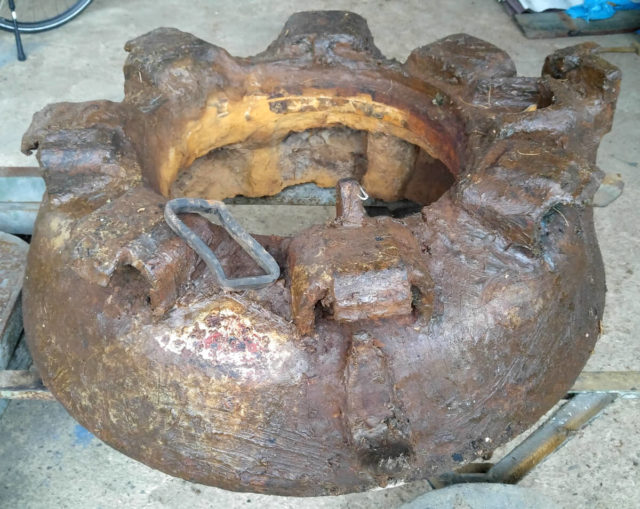
“Later the Panther was blown up by some Russian soldiers” – Konstanty Kiżyński, who lives in the village and remembers the times, told us that there was a tank gun, with lots of circles painted on in, laying in a ditch for a long time.
Such markings were used in case of destroyed enemy vehicles. Perhaps it was some kind of a small Russian revenge.”
